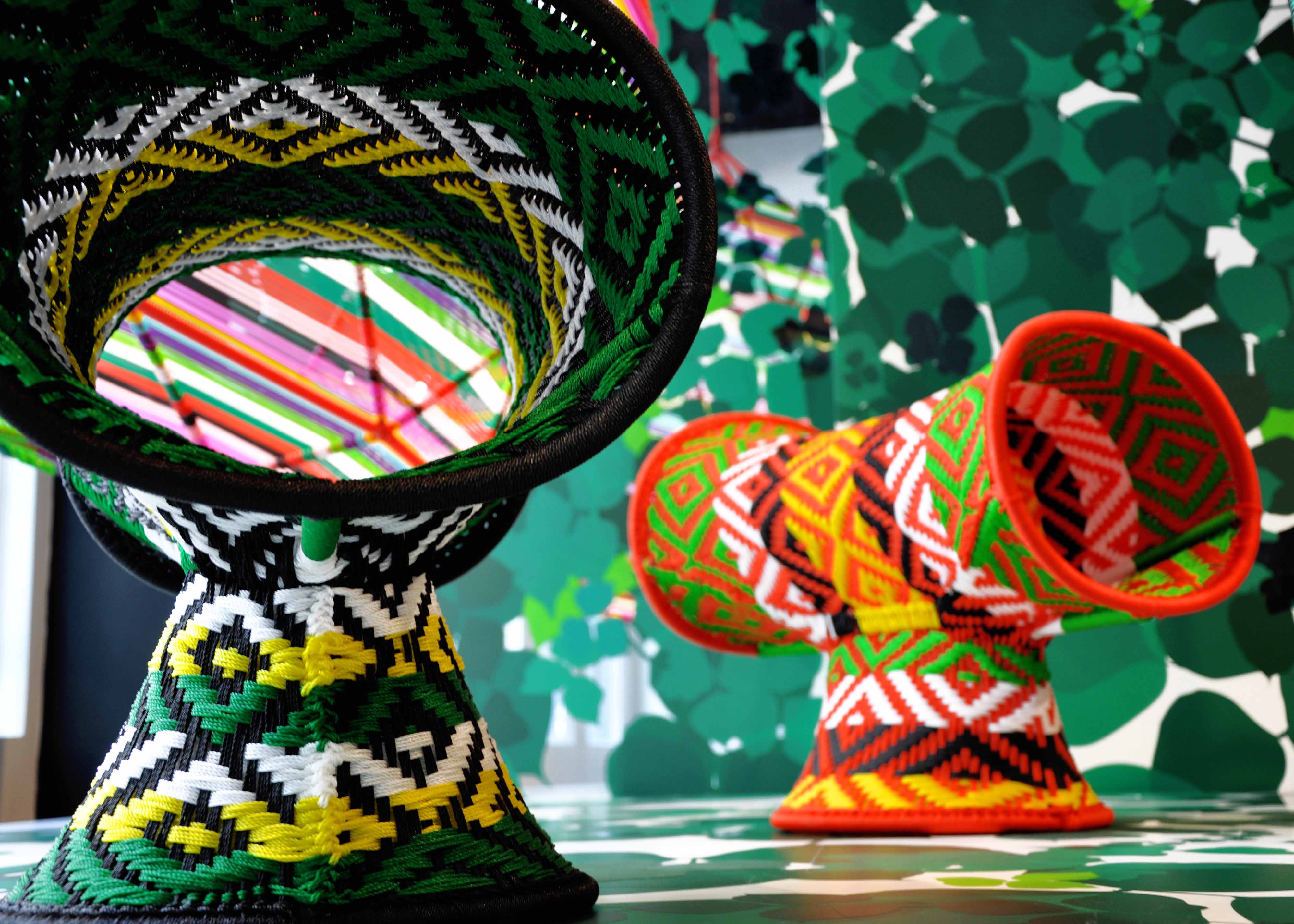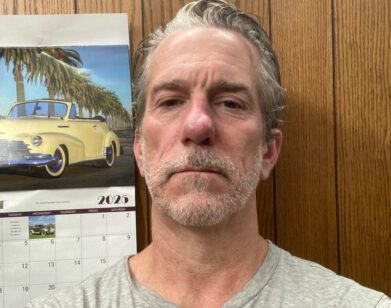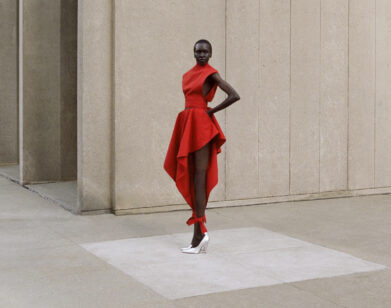American by Design

CH04 Houdini Chair by Stefan Diez for e15
At times, true innovation is most evident in design that makes a brave foray outside the confines of sanctioned good taste. As the International Contemporary Furniture Fair showcased sophisticated global design at the Jacob Javits Center, KIOSK, the Soho sponsor of revolving, internationally-inspired design, took a contrarian stance. Saturday evening, KIOSK and design company AREAWARE (the two share Spring Street digs), played host to an event celebrating the fair, and KIOSK’s recent love affair with eccentric American design from the South, to a crowd presumably fresh from the on-site fair. Scrunched shoulder to shoulder under a hot pink sign advertising a “depressingly awesome reference library,” design admirers took in the high kitsch of KIOSK’s geographically-themed acquisitions, which toast Americana at its most artificial. The shop’s current series, “American Installment #2,” explores American design as a fruit cocktail-hued spectrum-including pink flamingos and a fetching chum bag-sourced from Florida.
In diametric opposition to KIOSK’s Champale camp, Sunday evening celebrated the sleek charms and subtle humor of architecture and design magazine PIN-UP‘s 6th issue. The event’s location served double-duty, offering a preview of concept shop No. 8b, and exalting design-smith Stefan Diez’s newest creation for e15: an Eames-by-way-of-origami chair called the CH04 HOUDINI. At a time when most retail is contracting, Project no. 8 is expanding, opening their men’s store at 38 Orchard Street. The ramshackle slate blue scaffolding that currently cocoons No. 8b is a clever dodge-housed within is a glass structure which deftly mirrors the store’s refined take on modern, Minimalist-tinged design and men’s fashion. Here, PIN-UP‘s Editor and Creative Director, Felix Burrichter, gives his thoughts on the magazine, the shop and thinking writ large.
AIMEE WALLESTON: You are celebrating the new space No. 8b. How will this space exist and evolve? How does it relate to Project No. 8?
FELIX BURRICHTER: No. 8b is a new space by the founders of Project No.8, www.projectno8.com, Brian Janusiak and Elizabeth Beer. The original store, which will remain open, has gotten too small to accommodate all the collections, so they found this amazing former signage store on the corner of Hester Street and Orchard and transformed it into a new space. It’s not quite finished yet, which is why they’re only celebrating a preview of it. But in addition to men’s fashion, No. 8b will also be selling e15 furniture, which has always been a favorite of mine. So with the furniture fair going on, the new issue of PIN-UP out, all in combination with e15 and Stefan Diez’s new designs, it seemed like the perfect fit to do this event together.
The crowd outside Project no. 8b; e15 Isaac Table Flower sculpture by Tom Borgese
AW: Richard Meier is featured prominently in Issue #6. Do you think his aesthetic is a metaphor for stark times?
FB: I’ve always been fascinated with Richard Meier because he has a very strong personal vision, and he’s now at a point where he’s become iconoclast, whether or not you like his architecture. He has shaped and influenced architectural discourse, especially in his early career. And, after all, this is the man who designed the world’s biggest museum after the Louvre, and who even started the now ill-fated star-architect condo trend in the late 90s. He’s paid his dues and his work doesn’t need to be justified anymore in relation to current times. It’s like doing an article on Valentino; it doesn’t really matter whether the 100,000th red silk evening gown is still relevant to current fashion. It’s more about his personality and legacy than anything else.
AW: Slavoj Žižek has described architecture as “thinking with stones,” and argues that a society’s most fundamental beliefs are found in its architecture. For you, especially as someone interested in design who is also a writer and editor, is design, perhaps, “thinking with objects?”
FB: If there are is a positive thing coming out of the current economic climate it’s the fact that people are thinking again, period. In recent years there was too much focus on superfluous status objects, in both architecture and design (and even in art). There is an increased appreciation of quality that is an indirect result of the times we’re going through, and appreciation of things that last, whether it’s intellectual longevity or simply of the material kind. But I don’t think that necessarily means a return to bleak functionality. It can also mean a new sense of fun in appropriation: recycling materials, appropriating ideas and objects to new use. That’s why I’m also particularly excited about our Dan Friedman tribute story in the new issue of PIN-UP. He made objects of completely disparaged materials—sometimes they didn’t even have any function, they were extremely simple in their fabrication, very naive, but very intricate and complex at the same time. And very beautiful.
AW: Have you any new design/architecture obsessions?
FB: I just got back from the furniture fair in Milan, where I saw a presentation by a small French-Canadian design company called Samare. Québec isn’t exactly high on the list of anyone’s design itinerary, but what they showed was very simple, very joyful pieces that are all hand-made by traditional weavers in Canada. Yet the results are very modern and beautiful; they also showed a collaboration with the Korean designer Kwangho Lee, who currently has a show at Johnson Trading Gallery in Soho, which is worth looking at. And I recently discovered this art/design collective from Poland, called Truthtag who do a lot of outdoor spatial installations that engage architectural objects of the public realm. As for architecture, I’m super thrilled that David Adjaye won the competition for the Black History Museum in Washington DC.






